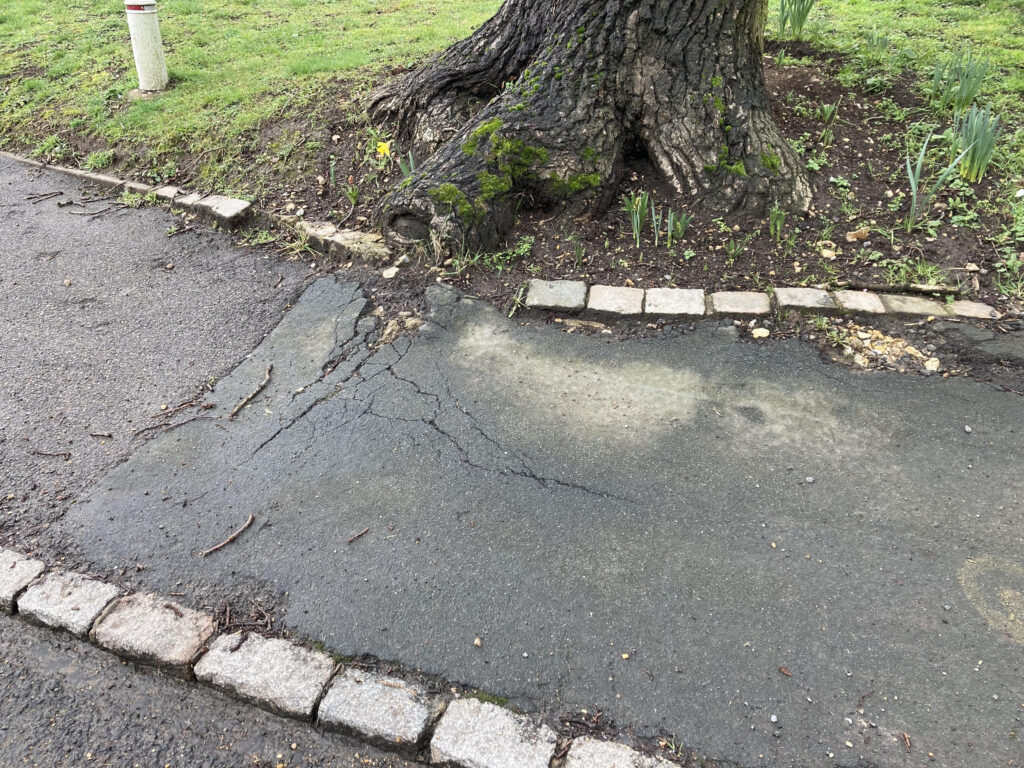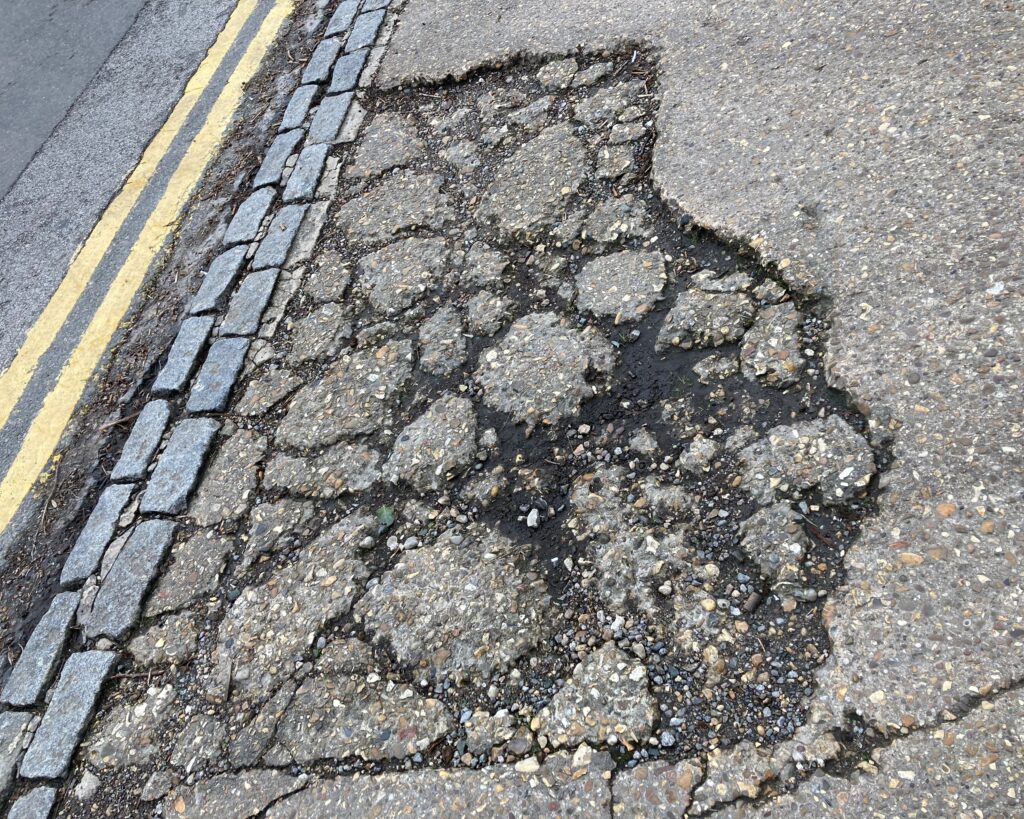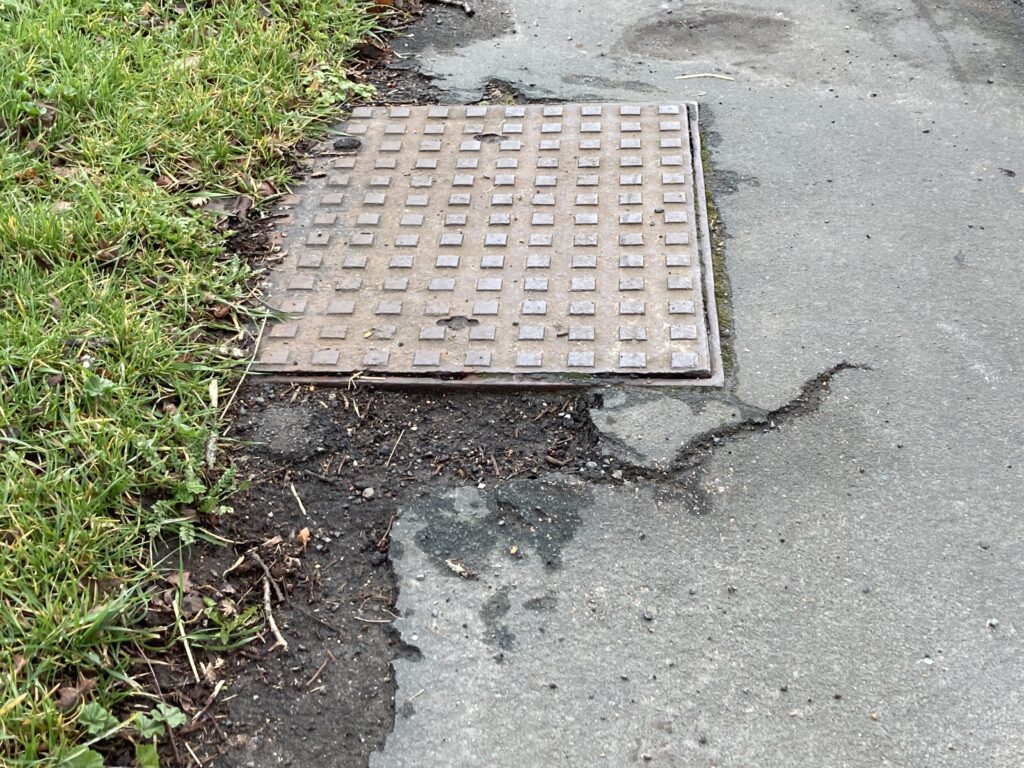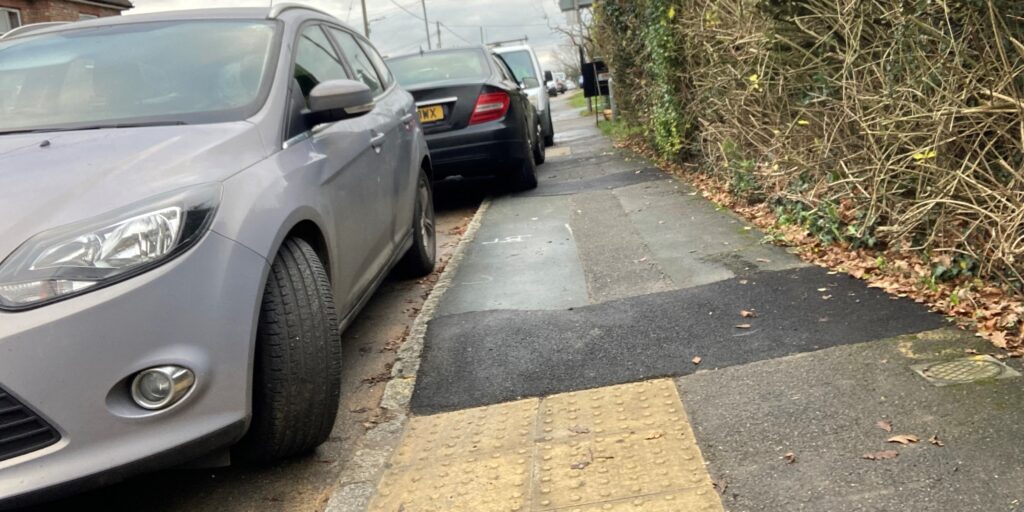Things that can stop you!
After writing about International Wheelchair Day, I realised that there are many more challenges or annoyances associated with the frustration of wheelchair use. None of these everyday environmental challenges sympathises with a wheelchair user – none that I have had experience with!
The power of mother nature
When mother nature grows, the expansion of life starts to overpower artificial street furniture. Years of ancient tree root growth will push up through the tarmac laid by modern engineers. Consequently, these obstacles are the natural world’s way of reminding humankind that we are only guests on this ball of magma.
Before, artificial barriers are causing wheelchair users stumbling blocks. These forms of nature fighting back against all manner of humanity’s life easing items are just as more significant hindrances to getting about effortlessly in a wheelchair.

Everyday Environmental challanges
The camber on paths can cause more difficulties than the everyday walker will realise. The constant extra effort for one arm keeps the wheelchair out of the hedge or away from the kerb edge and avoid the road. Hence this continuous labour can cause more strain on one arm, generating pain and discomfort. Although pushing techniques can help control the wheelchair and evenly expel energy on the upper limbs.
Bumps and cracks
Let’s talk about the edge of the raised maintenance cover. These everyday environmental challenges not flush with the path, or a slowly increasing, crack in the path. Which may be caused by the unknown movements of the earth’s crust and uppermost mantle? More likely, though, created but the vibration of 44-tonne lorries thundering past regularly, loaded with supplies on route to the nearest minimarket or industrial estate.


Once these tiny cracks, holes or crevices have started to separate, A winter falls upon us, and water freezes in the gaps, expanding and slowly increasing the size of this vent to the inner earth and making it more of a challenge for the wheelchair user to negotiate.
The inaccessible dropped kerb
As a driver, I know there are constant parking challenges. For instance, queuing to get in or out of a busy multistory parking lot in a town centre, additionally finding a safe space near a small independent retailer. Too many cars on the road take up the valuable space you need to park in. The big Chelsea Tractors don’t help with the marginally small areas to rest a vehicle.
Furthermore, If a driver annoyingly parks across a dropped kerb designed to make an easy route for a mobility aid user to access a particular area. That diver has just made crossing the junction a lot more dangerous. Let alone possibly totally inaccessible.
The ability to negotiate kerbs, independently or supported, is a great help to carry on with one’s quest.

Also, cars blocking the path are a genuine inconvenience as well. The skill to master kerbs, dropped or not, unaccompanied or accompanied, are fundamental to getting to the final destination. In addition, in these instances, propelling along the road facing oncoming traffic can be a tad scary.
Other people getting in the way
Making eyeball contact can help confirm that the person or persons striding in your direction will not cross your intended path at the last minute, which can end up in apologies being shared. Strangely, it’s funny; as a wheelchair user for most of my life, I find it difficult not to apologise if someone falls into me.
Even if they know it is their fault, does my politeness increase the chances of being walked over or pushed around – not literally? Or would that civil comment benefit me in the future? If, for example, at a later date, I’m in the same neighbourhood or place as the person I acknowledged with a well-mannered exception of fault (although it probably wasn’t mine!) and need some assistance. Importantly would they be more likely to help?
Doors
I can manage to open most doors unaided. The heavier doors, usually made of thick glass, are more difficult. I can use doors independently to manage my destination. The difficulty is when people try to help. Leaning in the way to stretching, uncomfortably for them, trying kindly to keep the door open for me. It is very thoughtful of them. The trouble comes when the toes of their enormous size 12 Dr Marten boots are sticking out in my path. Do I just run them over?
Either way, I can manage doors independently after opening the door. I get in the open gap then use the inside arm or push rim to prop the door open. This ability to perform the skill self-sufficiently increases my independence. Automatic doors are my favoured entry or exit route, as they make life a little easier. What’s more important is I never charge at a door and ram it with my feet.
Skills for life
Freedom Wheelchair Skills teaches skills that help people keep their independence, to overcome everyday environmental challenges. These skills that can be transferred into different everyday situations to make life easier give people more freedom – in going about their daily lives.
